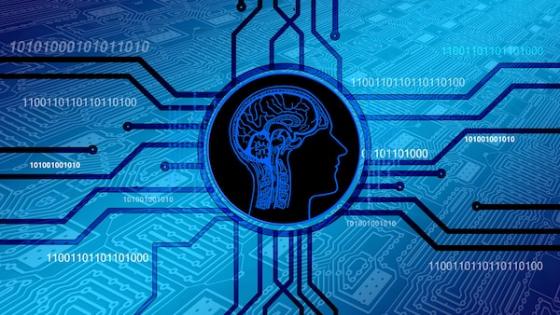The rapid growth of machine learning has brought a major surge in the field of radiology, transforming diagnostic operations and imaging applications with advanced algorithms and processes. However, radiologists and imaging experts are only aware of the advantages of harnessing machine learning. They lack knowledge of the challenges that come with embracing the technology, how to utilize its full potential, or seamlessly integrate it into the clinical workflow.

Without having comprehensive information on machine learning, radiologists may not be able to use Artificial Intelligence (AI) in a safe and effective manner.
In a recent study published in the Journal of the American College of Radiology, Monica J. Wood, MD, explained that “If radiologists are expected to utilize machine learning models safely and effectively for imaging interpretation, education for all levels of background and experience will be required, and a formalized machine learning curriculum targeted toward early-career radiologists and trainees is urgently needed.”
Introducing a Machine Learning Curriculum
To ensure workflow efficiency and safety, radiologists need to focus on a dedicated machine learning curriculum that comprises of multiple stages – developing a model, translating the same, and using it in diagnostic imaging practice. The curriculum should further consist of the process of data collection, explanation, selecting algorithm, developing a model and training, validating and assessing the model, understanding requirements for model translation, interpreting the performance metrics, model output, and identifying the reasons of model failure.
The researchers stated that it is crucial for the radiologists to use their knowledge of model development to identify, evaluate, an account for imaging results. At the same time, they should also be able to understand the strengths and limitations of various algorithms to help assess the validity and applicability of their calculations.
Because Machine Learning is Unintuitive in Nature
Radiologists further need a machine learning curriculum because it is not intuitive and stands the potential to fail under certain conditions. Machine learning works upon a “predictive modeling approach’ that derives conclusions from datasets and observations. Additionally, it has multiple layers of information wherein a model can diagnose a complex image successfully and then again misinterpret a simpler case.
Researchers suggest that “It is critical that radiologists learn to appropriately leverage a model’s output, critically evaluating all findings while never becoming complacent or blindly accepting these algorithmic predictions.”
Understand Machine Learning Model Development Thoroughly
It is important that radiologists participate in the process of model development in an active manner to ensure that their machine learning algorithm results are contextual and valid in the realm of clinical care. They can achieve this using the following ways –
- State the clinical context for machine learning predictions
- Develop the relevant imaging questions
- Identify “ground truth data sets”
- Hassle-free model deployment in reading rooms
- Monitor and validate machine learning algorithm performance
For an in-depth understanding of machine learning, radiologists can collaborate with referring clinicians, software engineers and data science experts, and tackle the AI challenges with efficiency.
To make machine learning more effective for radiologists, sepStream™ has introduced scalable and intuitive enterprise EMR/RIS/PACS imaging solutions to meet diverse needs in an affordable manner. The powerful, full-featured solutions help streamline the diagnostic workflow, allowing the radiologists to use machine learning with utmost safety and efficiency.